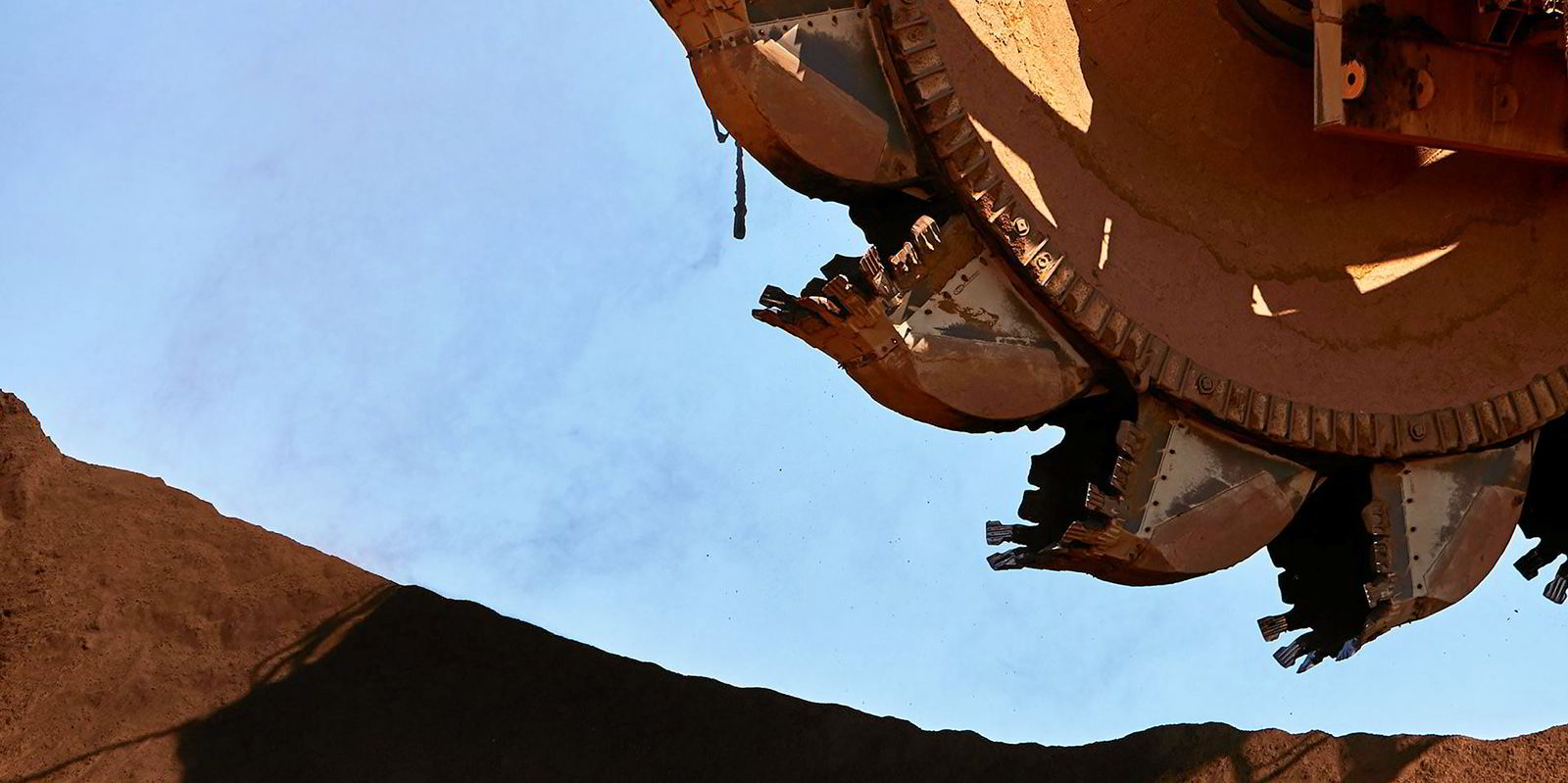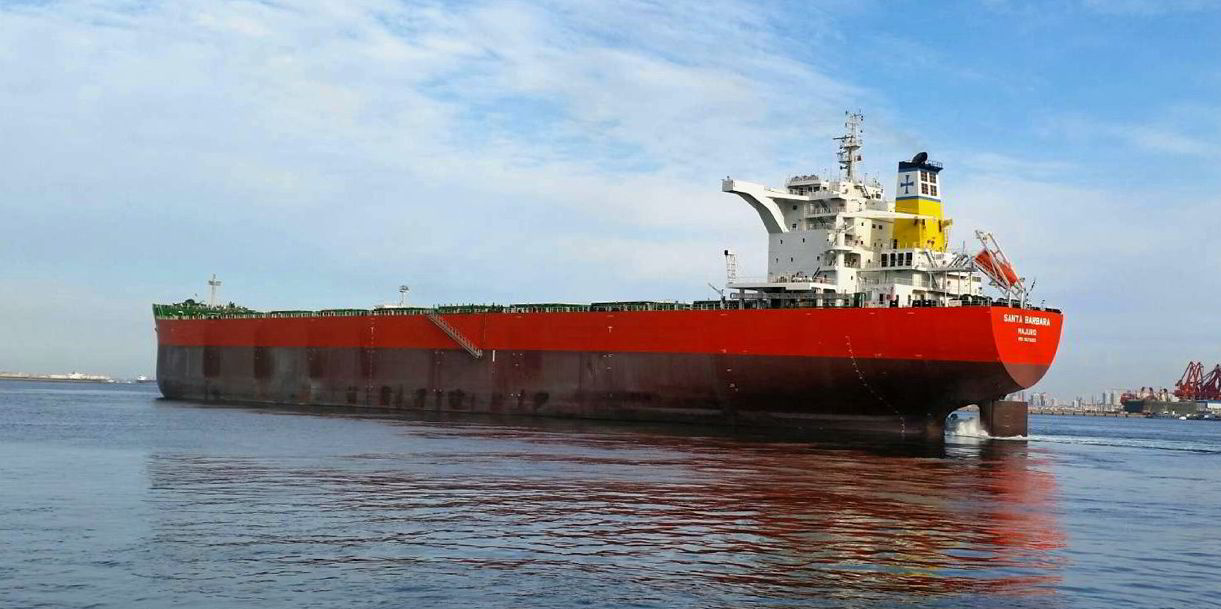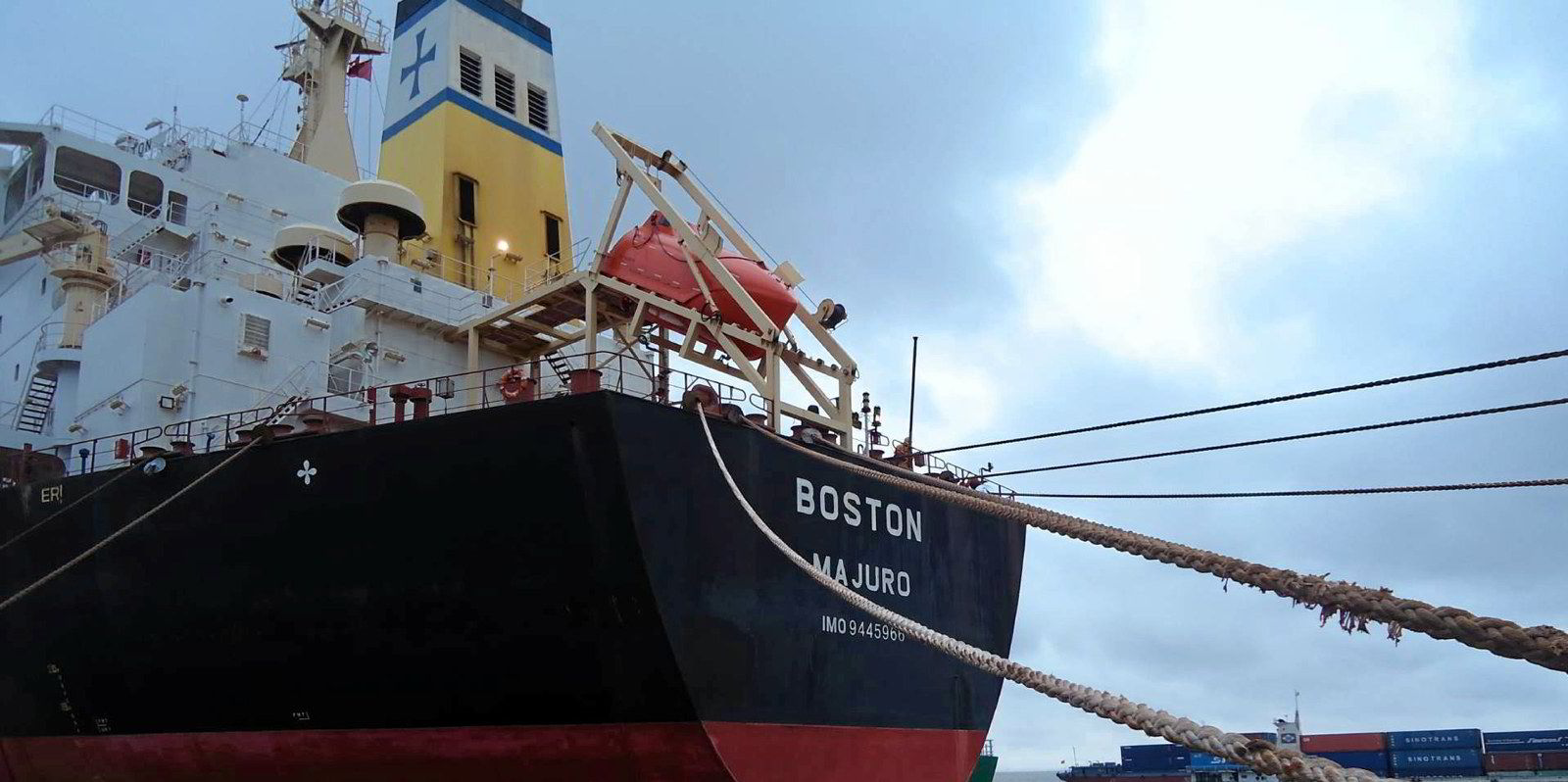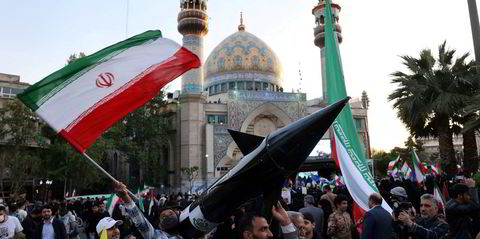Average spot rates for capesize bulkers have surpassed $20,000 per day for the first time this year, marking the sector’s highest point in nearly five months.
The futures market also spiked on Tuesday.
The Baltic Exchange’s Capesize 5TC set of spot-rate averages across five key routes rose 5.3% on Tuesday to hit $20,800 per day.
The size of the 5TC gain may have partly been in part because the Baltic Exchange was closed on Monday in observance of the coronation of the UK’s King Charles, Clarksons Securities analyst Frode Morkedal said.
“Because of the London bank holiday yesterday, the gains reflect some catchup from the previous print on Friday,” he wrote in a note on Tuesday.
Rio Tinto fixed an unnamed capesize on Tuesday to ship 170,000 tonnes of iron ore at $9.35 per tonne from Dampier, Australia, to Qingdao, China, with loading slated for 23 to 25 May, according to Baltic Exchange data.
That is up from the $8.95 per tonne that the Australian mining giant paid on Friday for a similar voyage with loading from 20 to 22 May.
Morkedal also attributed the jump in capesize rates to Australia’s iron ore exports rising 6% compared to the prior week, in addition to higher prices for iron ore and steel.
He noted that iron ore prices also rose significantly on Monday, partly due to China’s anticipated stimulus measures and requiring real estate brokers to lower transaction and leasing service fees in an attempt to help its struggling real estate sector.
The improvement in capesize rates actually seems to be defying the downward trend that these prices have taken over the past couple months, Jefferies analyst Omar Nokta said.
“Capesize rates continue to push higher, somewhat under the radar, and bucking the trend of the broader steel and iron ore markets,” he wrote in a note on Tuesday.
“While steel and iron ore have seen pressure over the past 6 to 8 weeks, capesize rates have been on a rising trend. This is their high point for the year, and their highest since December when rates had briefly touched $23,000 per day.”
The price for iron ore has fallen 20% since 10 March to $103.55 per tonne on Friday, but it rose back to $107.40 per tonne on Monday, according to the New York Mercantile Exchange.
And the futures market is signalling that capesize spot rates may keep rising, Morkedal said.
“This holds true for the kamsarmax and supramax markets, which are likewise in contango.”
June contracts for capesizes rose 14.7% since Friday to $23,000 per day on Tuesday, while July forward freight agreements gained 11.7% to land at $22,500 per day, Baltic Exchange data showed.

June contracts for panamaxes improved 5.3% since Friday to $15,700 per day on Tuesday. July bumped up 5.5% to $16,600 per day.
Supramax June contracts moved up 6% since Friday to $14,400 per day on Monday, while July contracts rose 3.7% to $15,200 per day.
The spot market for panamaxes and supramaxes, however, did not share the capesize sector’s robust upward trend.
The Panamax 5TC lost $62 per day since Friday to land at $13,500 per day on Tuesday, according to the Baltic Exchange data.
“Following holidays in the UK, it returned a tedious opening for the panamax physical market with fundamentals largely unchanged with rates drifting lower,” the exchange’s analysts said on Tuesday.
The Supramax 5TC gained only $19 per day since Friday to come in at $12,072 per day on Tuesday.






